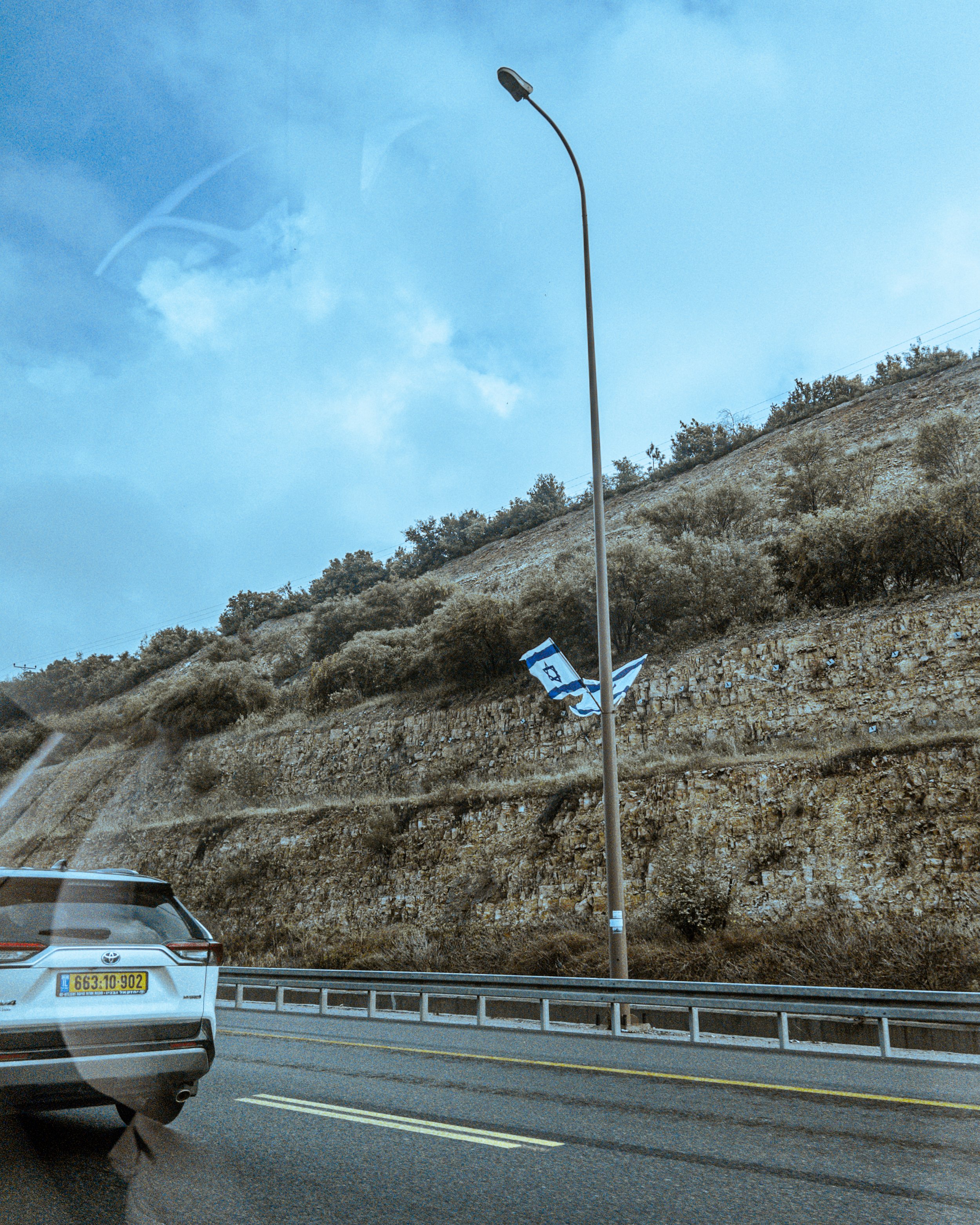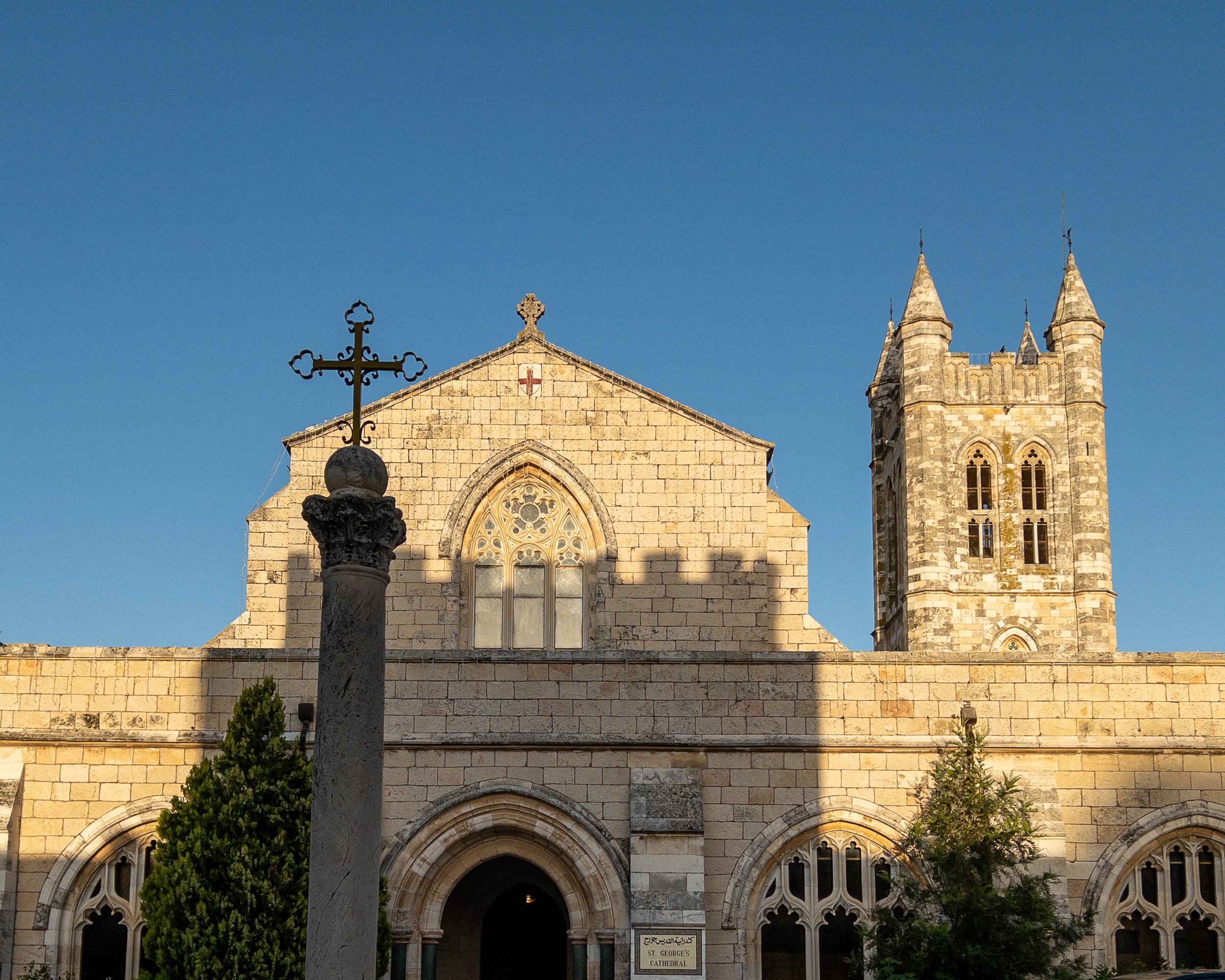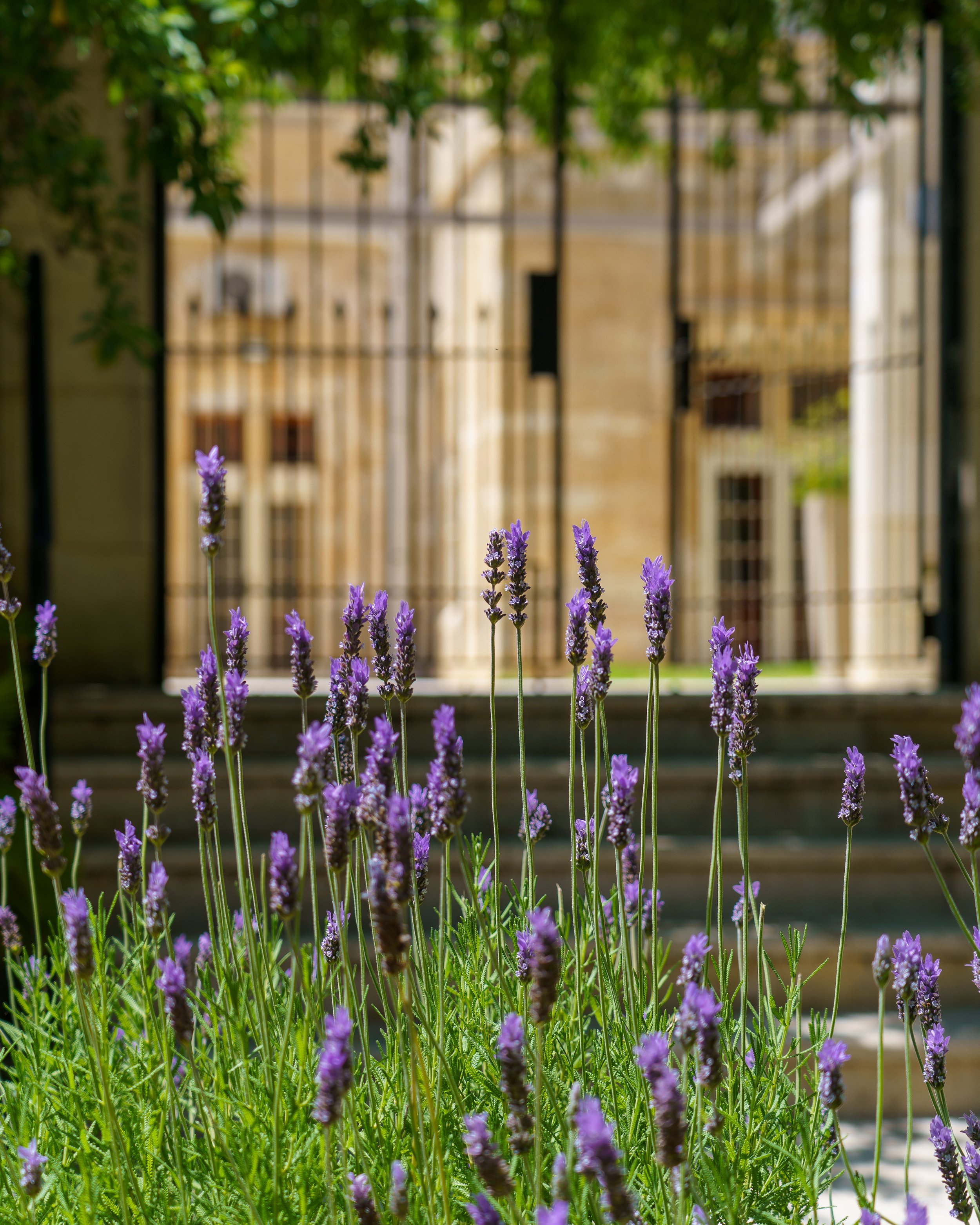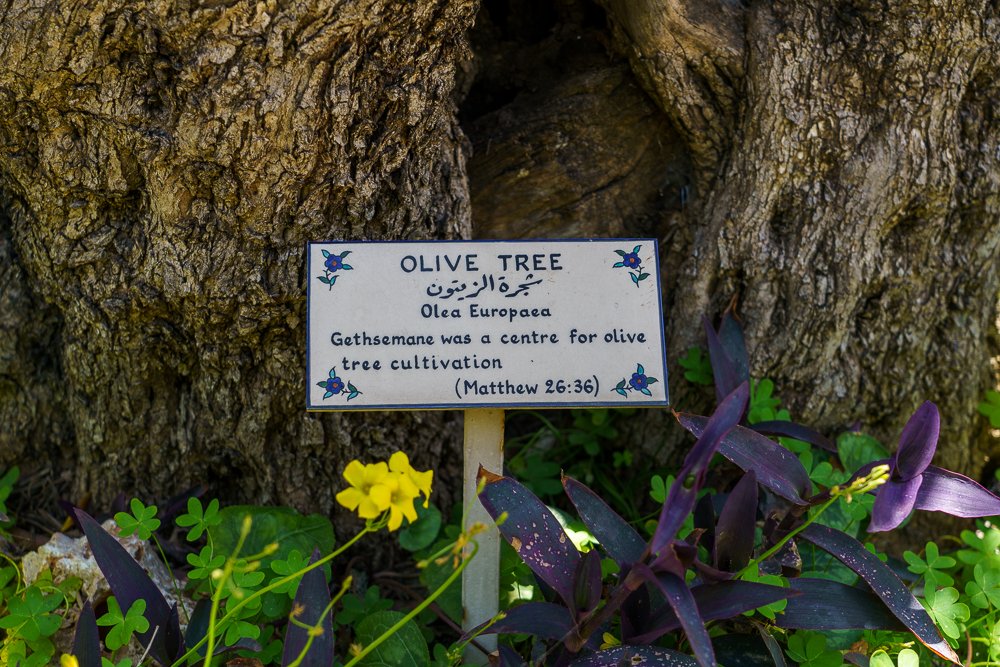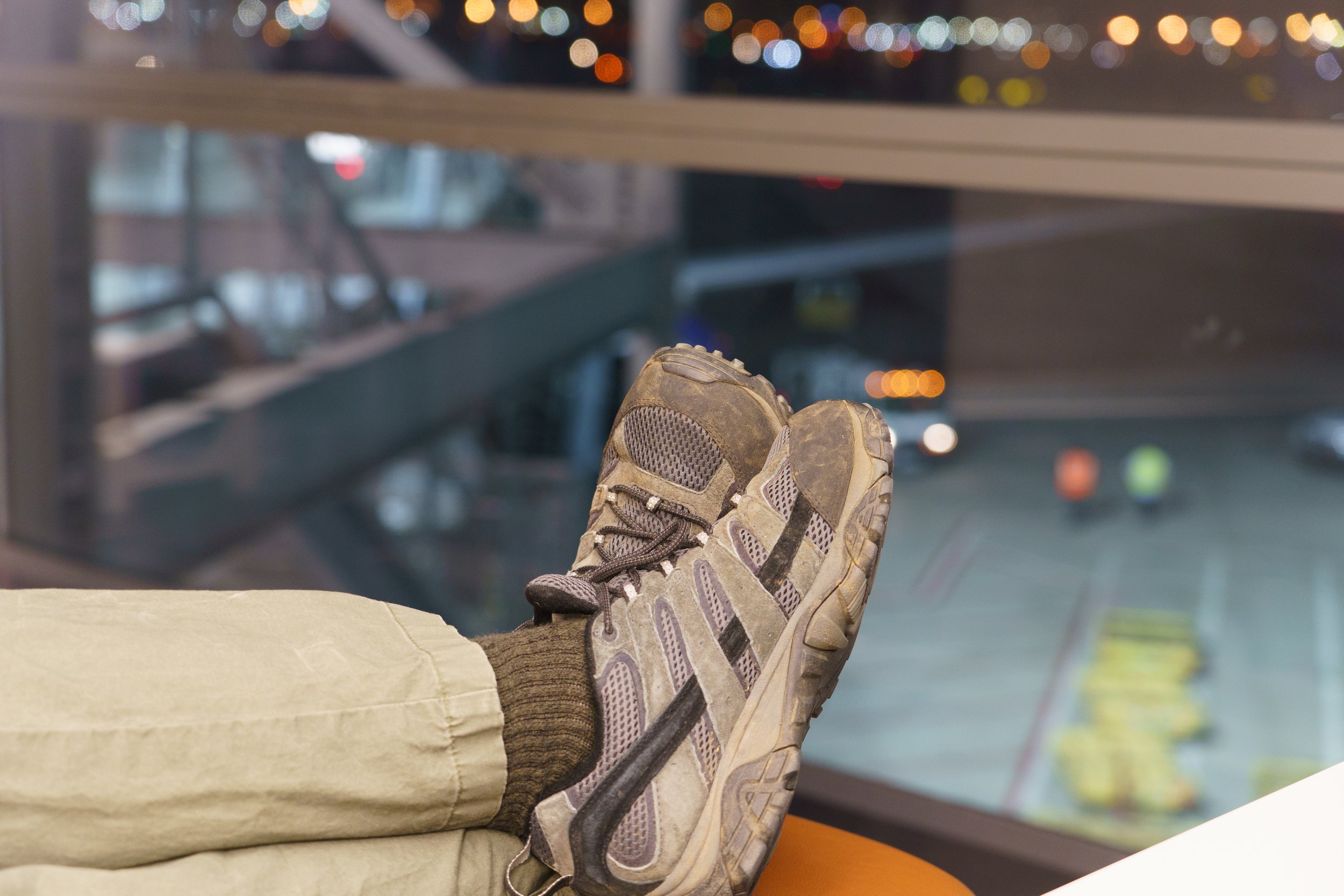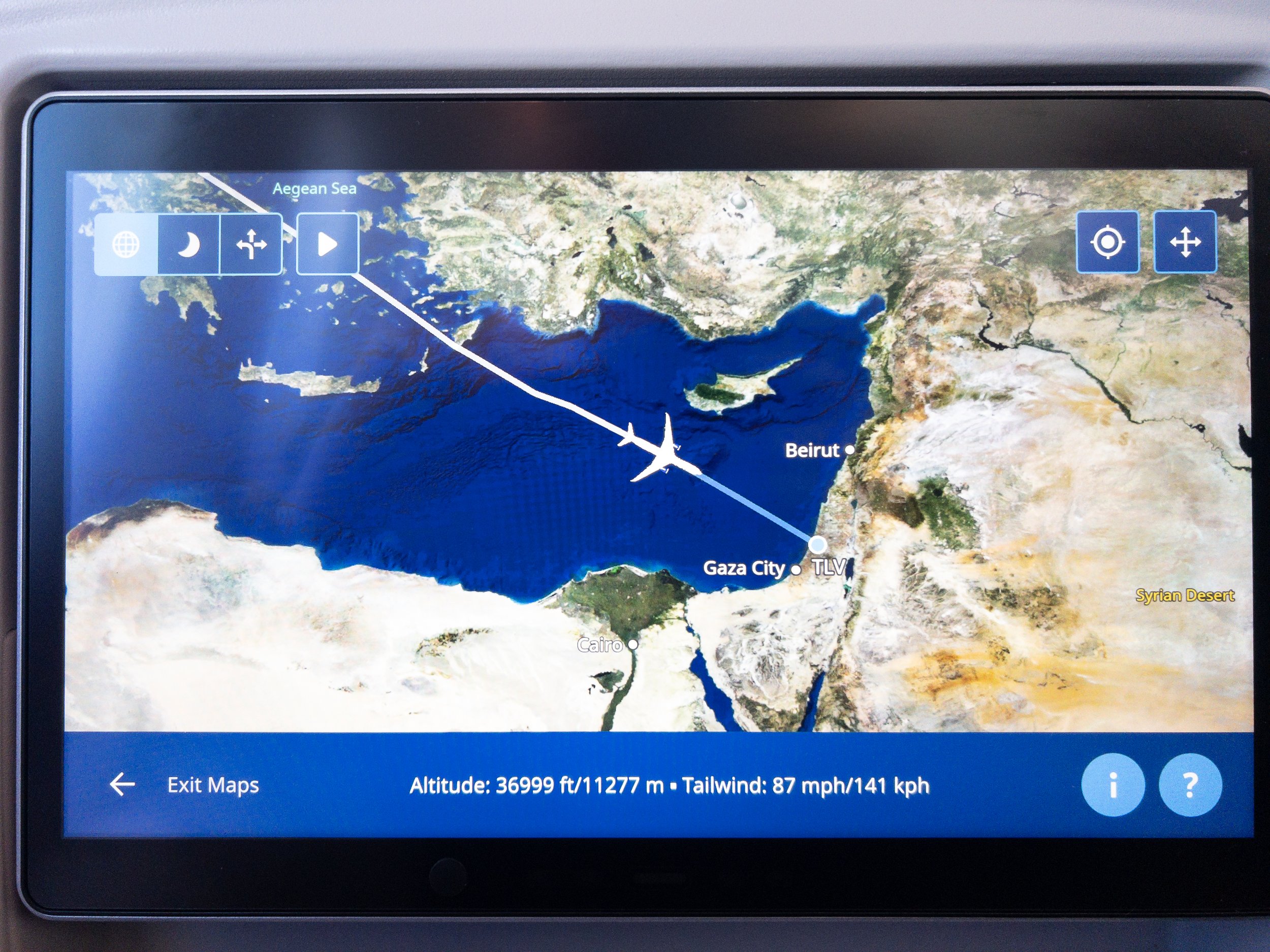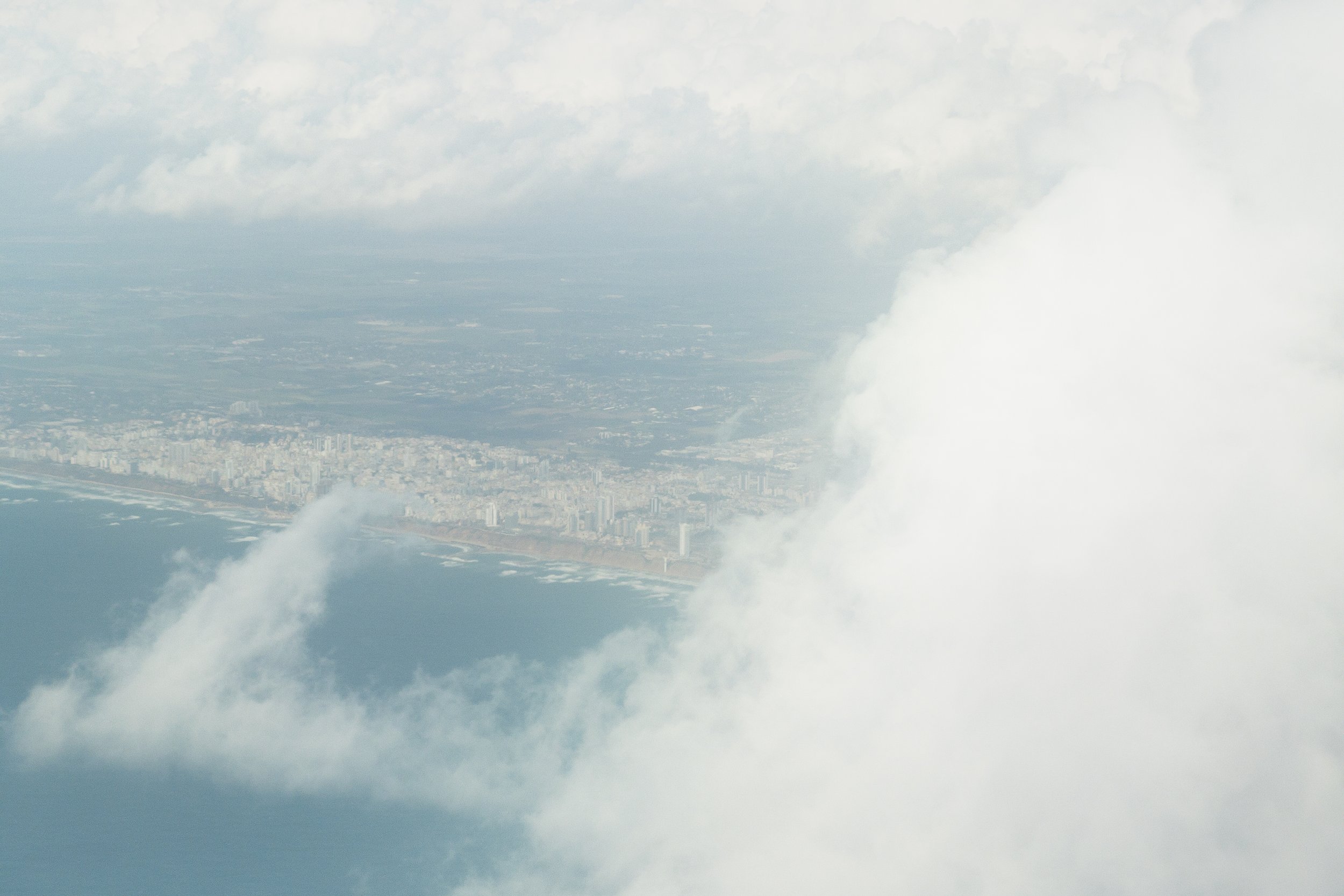I started my sabbatical blogging with the intent of creating periodic posts about what I was doing, or what God was doing with me, in his sabbatical period. Instead, I started posting little snippets on my Facebook page, took part in a very packed daily schedule, and kept time for reflection, prayer, and rest as well as local community engagement. Oh, and I got COVID, which in and of itself was also a spiritual opportunity as much as it was a pian in the neck (or sinuses).
Now that I’ve been back and had more time to reflect and organize, I will post daily summaries of what our trip to Israel was like, share some of my own spiritual highlights and questions, and prepare for the next phase of this sabbatical which will be our trip to one of my ancestral homelands of Norway. This series will be mostly a travelogue with further fruit to blossom as our ministry together at St. Peter’s continues.
The Context
Personally, I’m not a fan of group tours. I like to keep my own schedule and pursue my own interests. However, a trip to the Holy Land needs both guidance and community. The logistical hurdles are actually easy to overcome for someone with an American passport. The infrastructure is modern. Enough signs are in English and enough people speak English that it is very easy to get about.
Farmland dominates the drive from Tel Aviv to Jerusalem.
Israeli flags dot the roadways as Jerusalem draws closer.
Rather, it takes a guide to put the itinerary into some sort of sensible order, set the context, and enable the pilgrim to engage as deeply as possible with the sites. It also takes a community for processing, companionship, small-group adventures in down time that one might not do on one’s own, and most importantly - the broadening of perspectives and the offering of support.
A trip to the Holy Land is not a vacation or historical tour. It is an emotional and spiritual experience that connects the past with the present and is filled with surprises and gifts from the Holy Spirit. Our personal community included Jim, my best friend Leslie, and her sister Loren who is Canon to the Ordinary in the Diocese of Georgia. Our larger community of fellow pilgrims numbers some 26 others from Australia, Canada, the US, and England. A group of 18 pilgrims from the Diocese of Central New York was the largest contingent, including the most amazing Marie, an 83 year old woman who, by gosh, was determined to take every step, climb every hill, and see every sight, and she did as well as any of us!
Our pilgrimage group!
We also celebrated ANZAC Day with the Australian and Commonwealth contingent as they gathered on the rooftop terrace at sunrise to keep a moment of silent and pray for those who gave their lives from Australia and New Zealand to defend freedom.
I am deeply grateful that I was able to take this trip with through St. George’s College in Jerusalem. The College offers programs for laity and clergy of the Anglican Communion and other traditions around the world. The St. George’s campus has been the Anglican presence in Jerusalem since the 1840s, and the College was founded in the 1920s to train Palestinian seminarians. Over time, it morphed into a continuing education and pilgrimage center for Anglicans and others around the world. The Cathedral, Guest House, and College all form a campus that looks like an English village set amidst the foliage, landscape, and culture of the Middle East.
We were able to frame each day with Eucharist in the morning and Evening Prayer in the evening. The course director, the Rev. Rodney Aist , was our guide. He is an American Methodist minister with a PhD in theology from the University of Wales and specializes in Christian pilgrimage. The Dean of the College, the Very Rev. Canon Richard Sewell, is an English priest wit diverse experience in urban English parishes, Middle Eastern Christian communities, and academia. He was very connected with our daily reflections and community life.
Our chaplain was the Rev. Ken Dimmick, a retired Episcopal priest from Texas whose folksy manner, humor, and caring attitude was a lot of fun. He supervised our daily worship, provided reflections at the sites, and followed up with us pastorally. An Englishwoman, Amy Taylor, was Porter Fellow, a position endowed by a late professor of my alma mater, The General Theological Seminary. She was chaplain’s assistant, “dorm mother,” best friend, gofer, wrangler of stray pilgrims, and most importantly - keeper of the knowledge of the best toilets in Israel and Palestine. We were excited to celebrate her acceptance into the ordination process of the Church of England during our course.
The Most Rev. Hosam Naoum is the Anglican Bishop in Jerusalem. Anglicans avoid the term “of Jerusalem” so as to not assert superiority over other Christian communities and to show respect for the Ancient Greek, Latin, Armenian, Coptic, Syrian and Ethiopian patriarchates based in Jerusalem. Anglicans have a particularly close relationship with the Armenian Orthodox, the oldest national church in Christianity. Bishop Naoum has a key role in the coronation of King Charles III as the presenter of the ampule of holy oil he consecrated in an Armenian Chapel in the Church of the Holy Sepulchre in Jerusalem.
The Anglican diocese of Jerusalem and the MIddle East includes congregations in Israel, Palestine, Jordan, Lebanon, and Syria. It is very much an indigenous diocese with Arab language congregations and leadership, and close relationships with Arab government and institutions. In Israel and the Palestinian territories, most Anglicans are Palestinian which guarantees a broader exposure and perspective than one might get simply by visiting Israel.
We were no different. Simply stepping from West Jerusalem (Israeli territory) to East Jerusalem (Israeli occupied Palestinian territory and home to most of the Jerusalem-based holy sites) is eye opening. Psalm 122 concludes with the command, “Pray for the peace of Jerusalem, may they prosper who love thee.” That psalm was on my lips every day.
Arriving
We started the trip by staying in West Jerusalem for a few days to get our bearings and rest up from the flight. It is an 11 hour direct flight from Newark and we wanted time to rest up and be refreshed for the pilgrimage itself.
Jim’s Merrell Moab’s are resting up for the walking we’ll do while we wait to board in Newark.
Tel Aviv peeks through the clouds ten hours later as we prepare to land.
Jim and I landed at Ben Gurion airport outside Tel Aviv late Thursday afternoon, and negated immigration and customs with relative easy. Leslie had arrived in the morning and was waiting for us at the hotel. Her sister Loren would arrive the next day. Our hotel had arranged for a taxi, so we had no trouble getting to Arthur Hotel. It’s about an hour’s drive. Israel is the size of New Jersey so getting around is about the same.
We like to stay in boutique hotels because they are more interesting and often have better food and guest support. Arthur Hotel is part of a small chain of boutique hotels in the Middle East we highly recommend. The Hotel was a fifteen minute walk to the Old City and in a trendy shopping and dining area so getting around would not be challenging.
Google Maps was my friend, and recommended Georgie’s, a street-food sandwich shop nearby. It’s a tiny place that has a 1960s US music industry vibe and the best sandwiches. We had schwarma on sourdough and loved every bite. Now, we were also famished after so much travel, but it was GOOD. This was our first discovery, also, that *everything* comes with olives here.
Our neighborhood was quite whimsical! After dinner, we crashed for some much needed rest, but struggled with bodies who had no clue what time it was (a seven hour difference) after such a long flight. Thank goodness Israelis and Palestinians both love strong coffee.


